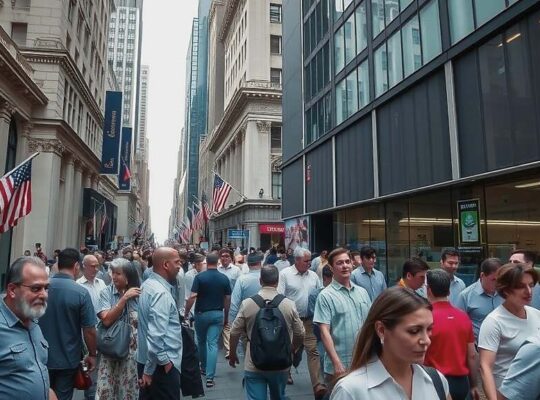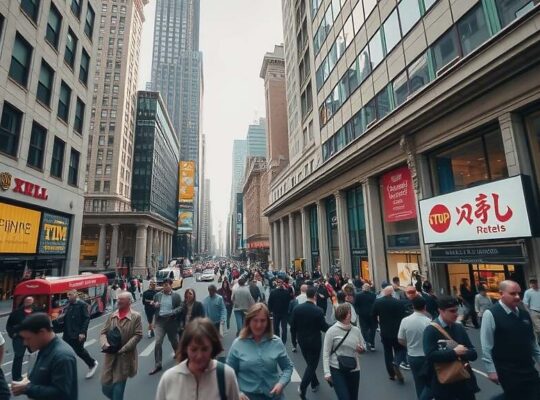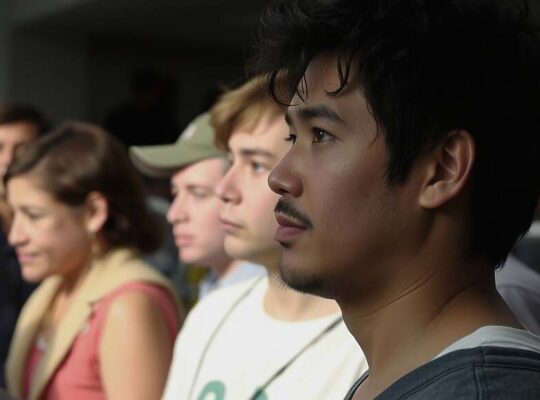A significant wave of job cuts is sweeping through Amazon’s administrative divisions, signaling a dramatic shift in the retail giant’s operational strategy and raising concerns about the accelerating impact of artificial intelligence on the workforce. An internal communication released Tuesday detailed plans to eliminate approximately 14,000 positions as part of a broader restructuring effort aimed at boosting efficiency and streamlining the company’s organizational framework.
The changes, according to Amazon’s statement, involve “reducing bureaucracy, removing hierarchy levels and reallocating resources”. While the company emphasizes potential for new hires in certain areas, the net effect will be a substantial reduction in administrative staff. This move is being viewed not merely as a cost-cutting measure, but as a deliberate realignment of the company’s focus in the face of rapidly evolving technological landscapes.
A central element driving this restructuring is the perceived transformative power of artificial intelligence. Amazon’s executives have positioned the current generation of AI as “the most transformative technology since the internet” suggesting it will enable unprecedented speed in innovation and process automation. Industry analysts, however, are scrutinizing this narrative, questioning whether the integration of AI is being used to justify widespread layoffs and to minimize the human cost of automation.
The company’s pledge to support affected employees, including a 90-day window for internal job searching and severance packages, has been met with cautious optimism. Critics, however, are pressing for greater transparency regarding the specific roles being eliminated and how the displaced workforce will be retrained for the future. The scale and speed of these cuts raise broader questions about the social responsibility of tech giants embracing AI and their obligation to mitigate the potential societal disruption caused by technological advancement. The episode is likely to fuel ongoing debate about the future of work and the role of government intervention to protect workers in an increasingly automated economy.












